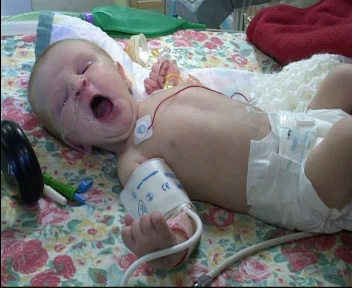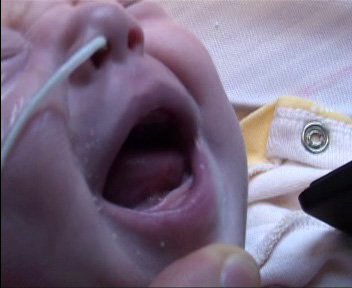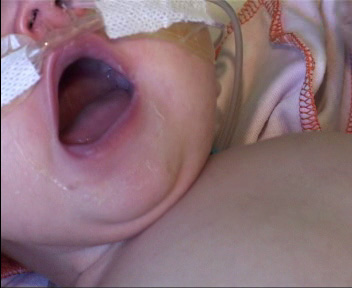Presentation course



This session describes the presentation of an infant or child with a cardiac problem. It covers both cyanotic and acyanotic heart defects.
Learning Objectives
By the end of this session you will be able to:
- List the variety of ways that an infant or child with a congenital heart defect can present
- Describe the assessment and management of a cyanotic infant or child with a cardiac problem
- Describe possible presentations of an infant or child with an acyanotic cardiac problem
Before commencing this session you should have:
- An understanding of various types of structural heart defects
Dr Anjum Gandhi has over 20 years of clinical, teaching and research experience in paediatrics and is a Consultant Paediatrician with training and expertise in paediatric cardiology at the Heart of England NHS Foundation Trust. He is also the Clinical Director for Children’s Services at HEFT and holds a honorary consultant contract in paediatric cardiology at Birmingham Children’s hospital.
Anjum is one of the founder members and the immediate past-Chair and Convenor of PECSIG (Paediatrician with Expertise in Cardiology Special Interest Group). Anjum has organised, chaired and participated in cardiology conferences and meetings for the RCPCH, RSM and PECSIG.
He has authored a number of articles in peer-reviewed journals and presented at national paediatric and cardiac clinical and research meetings. He is one of the authors of the cardiology curriculum approved by the RCPCH as a Special Interest Module (SPIN Module) and the Lead author of Revalidation guidance for PECs. He is also a member of Patient. Info (EMIS) team and has written and reviewed several clinical articles in this role.

- Anaesthesia Fundamentals | Anatomy | Mediastinum a...
- Posted By eIntegrity Healthcare e-Learning
- Posted Date: 2025-02-22
- Location:Online
- This session describes the contents, relations and anatomical divisions of the mediastinum.
- Anaesthesia Fundamentals | Anatomy | Microstructur...
- Posted By eIntegrity Healthcare e-Learning
- Posted Date: 2025-02-22
- Location:Online
- This session will cover the structure of the lungs and pleura at a cellular level. In particular there will be an emphasis on the structure and function relationships which allow gas exchange to occur.
- Anaesthesia Fundamentals | Anatomy | Trachea, Main...
- Posted By eIntegrity Healthcare e-Learning
- Posted Date: 2025-02-22
- Location:Online
- This session describes the structure, relations, blood and nerve supply of the trachea, carina, main bronchi and major bronchopulmonary segments.
- Anaesthesia Fundamentals | Anatomy | Anatomy of th...
- Posted By eIntegrity Healthcare e-Learning
- Posted Date: 2025-02-22
- Location:Online
- This session describes the anatomy of the oral cavity, pharynx and larynx. The nerve supply to the larynx and the implications of damage to these nerves is also described.
- Anaesthesia Fundamentals | Anatomy | Nasal Anatomy...
- Posted By eIntegrity Healthcare e-Learning
- Posted Date: 2025-02-22
- Location:Online
- This session focuses on the anatomy of the nose. It will also explore complications of nasal instrumentation, the functions of the nose, and its vascular and nerve supply.








